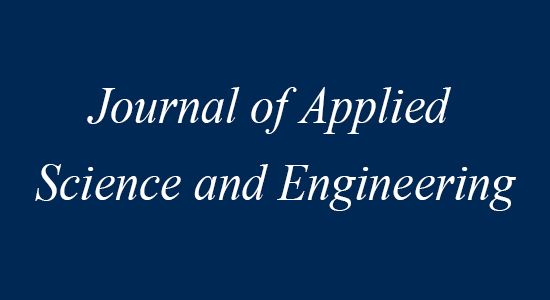Kun-Lin Hsieh1 and Lee-Ing Tong1 1Department of Industrial Engineering and Management National Chiao Tung University Hsinchu, 300, Taiwan, R. O. C.
Received:
September 10, 1999
Accepted:
January 10, 2000
Publication Date:
January 10, 2000
Download Citation:
||https://doi.org/10.6180/jase.1999.2.4.04
Most studies of parameter optimization focus on the quantitative quality response. The parameter optimization of the qualitative (or linguistic) quality response is seldom mentioned. For the proposed approaches, only the optimum categorical level settings of factors can be determined even though the control factors have the continuous values. Artificial neural networks (ANN) have been successfully employed to model a complexity system, specially by modeling the linear or non-linear relationship behind the system’s architecture. Employing ANN to model the interrelations among system’s factors and system’s response from experimental data is easier than most statistical approaches. In light of such considerations, the objective of this study is to develop an approach based on ANN to deal with the parameter optimization for quality response involving the linguistic ordered category. A case study involving a taping process from a lead frame (L/F) manufacturer in Taiwan’s science-based park demonstrates the effectiveness of the proposed approach.ABSTRACT
Keywords:
Linguistic ordered category, Artificial neural networks, Parameter optimization
REFERENCES
















